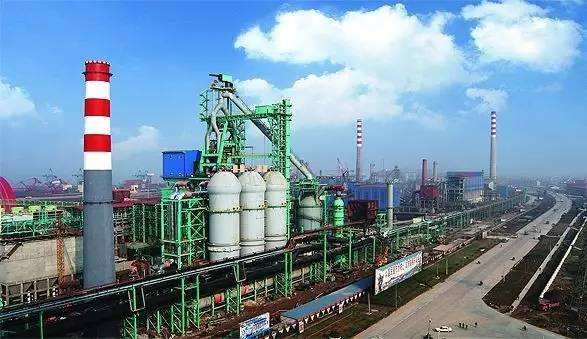Coal coking in Baicheng County
4 min readAt present, Xinjiang has formed a coal industry system of complete specialties and ranges, including coal field geological prospecting, design and construction, production, safety, research, education and training coal machine manufacturing, coalfield fire extinguishing, and the mine emergency rescue, etc. In 2010, the coal output of Xinjiang reached 100 million tons for the first time. And in 2012, a new record of 140 million tons was made, which means Xinjiang has become one of the 8 provinces of the coal output of over 100 million tons.

After the central Xinjiang work forum, more than a hundred of the world and the national energy enterprises have been attracted to the coal chemical industry projects of coal gasification and coal-to-liquids, with the total investment of several hundred billion Yuan. In 2012, there were 30 of Fortune 100 national coal enterprises, and 20 coal production top 50 enterprises entered Xinjiang, and 17 enterprises have put on stream, accounting for 54% of total coal production in Xinjiang. The backbone role of large enterprises and groups has been significantly enhanced, and they have become the leading force of scientific development, and security development of Xinjiang coal industry. In addition to the central enterprises and energy groups of supporting Xinjiang, the local enterprises such as Xinjiang Zhongtai, Xinjiang Tianye, and Guanghui Energy have also set foot in the coal chemical industry.
The new industrialization of Xinjiang is gradually transforming from the “only petrochemical industry”to the “dual drive of oil and coal”. The coal industry can both mobilize the development of transport, water supply, electricity supply, machinery manufacturing, and processing, transportation, and other industries. The projects of”West-East coal transmission”, “West-East gas transmission”, and “West-East electricity transmission” gradually broke the bottleneck of coal transportation. The coal industry of Xinjiang also supported the development of inland provinces while ensuring the coal supply inside Xinjiang.
Gold also shines underground like the black gold.

There is a “precious” place in Xinjiang, it is said that “there is gold in each of the 72 ditches”. That is Altay, which means “gold” in Turkic. Altay has been famous for its rich gold since ancient times, and it is rich in mineral resources, so Altay is the famous gold and non-ferrous metals producing area over Xinjiang even the whole country.
Gold is one of the superior mineral products in Xinjiang, and the gold mining history is quite long. With the good prospect of gold resources in Xinjiang in recent years, the gold risk exploration and development investment has become more flourishing Xinjiang has formed six key gold-producing areas and two gold smelting centers have been built in Toli County of Tacheng, and Urumqi. The growth rate in Xinjiang has achieved the significant growth for eight consecutive years.
Coal is the food of industry, and steel is the backbone of industry. Xinjiang is one of the earliest provinces to develop the local steel industry after the founding of New China.
There was no modern steel industry in Xinjiang before the founding of New China.

After the founding of New China, the People’s Liberation Army in Xinjiang tightened their belts and built the first iron and steel enterprises in Xinjiang-Xinjiang Bayi Iron and Steel Plant with self-raised funds in 1951 The conditions were very difficult when constructed the plant, more than 20 people crowded into a room, and slept on the blanket with straw under it.
In April 1952, Xinjiang produced the first furnace of steel, which ended the history of without steel in Xinjiang. However, the production equipments were too old, so until 2002, the production capacity of steel industry in Xinjiang was only of one million tons.
The flying iron particles, molten iron and blast furnace have made red the youthfulness of generations of steel workers. 60 years later, the steel industry in Xinjiang has made great progress. In 2012, the steel production capacity in Xinjiang reached of 16 million tons.

Xinjiang Bayi Iron Steel Plant has become the leading enterprise of offering large amount of profit and tax.In2007, the domestic steel leading enterprise Baoshan Iron and Steel Plant injected capital to the Bayi Iron Steel Plant, achieving the integration of eastern and western steel enterprises with big development potential. The Bayi Iron Steel Plant now has a completely new look. Just like a garden type factory with big blast furnaces, beautiful factory buildings of steel structure, the refurbished road…

After the central Xinjiang work forum, a large number of steel projects for supporting Xinjiang, such as the relevant projects of Baoshan Iron and Steel Plant, Shougang Group, Shandong Iron and Steel Group, and Xinxing Cathay International Group, were quickly settled all over Xinjiang. In a very short period of time, almost all domestic and foreign advanced technologies and equipments were taking root in Xinjiang, dramatically improving the overall technological level of iron and steel industry in Xinjiang. When the projects of circular economy and energy saving technology were carried out, the steel industry in Xinjiang was transformed to the green manufacturing from black manufacturing.








